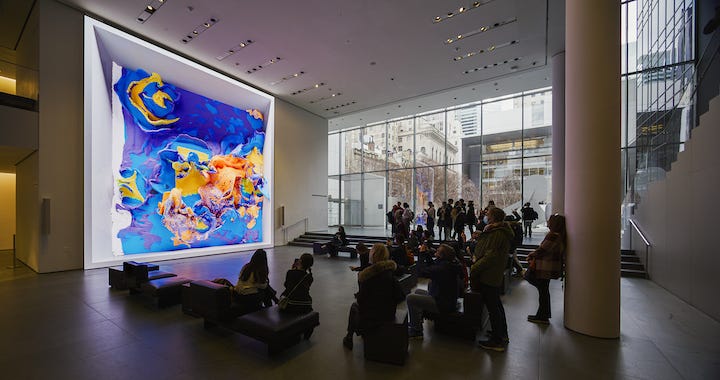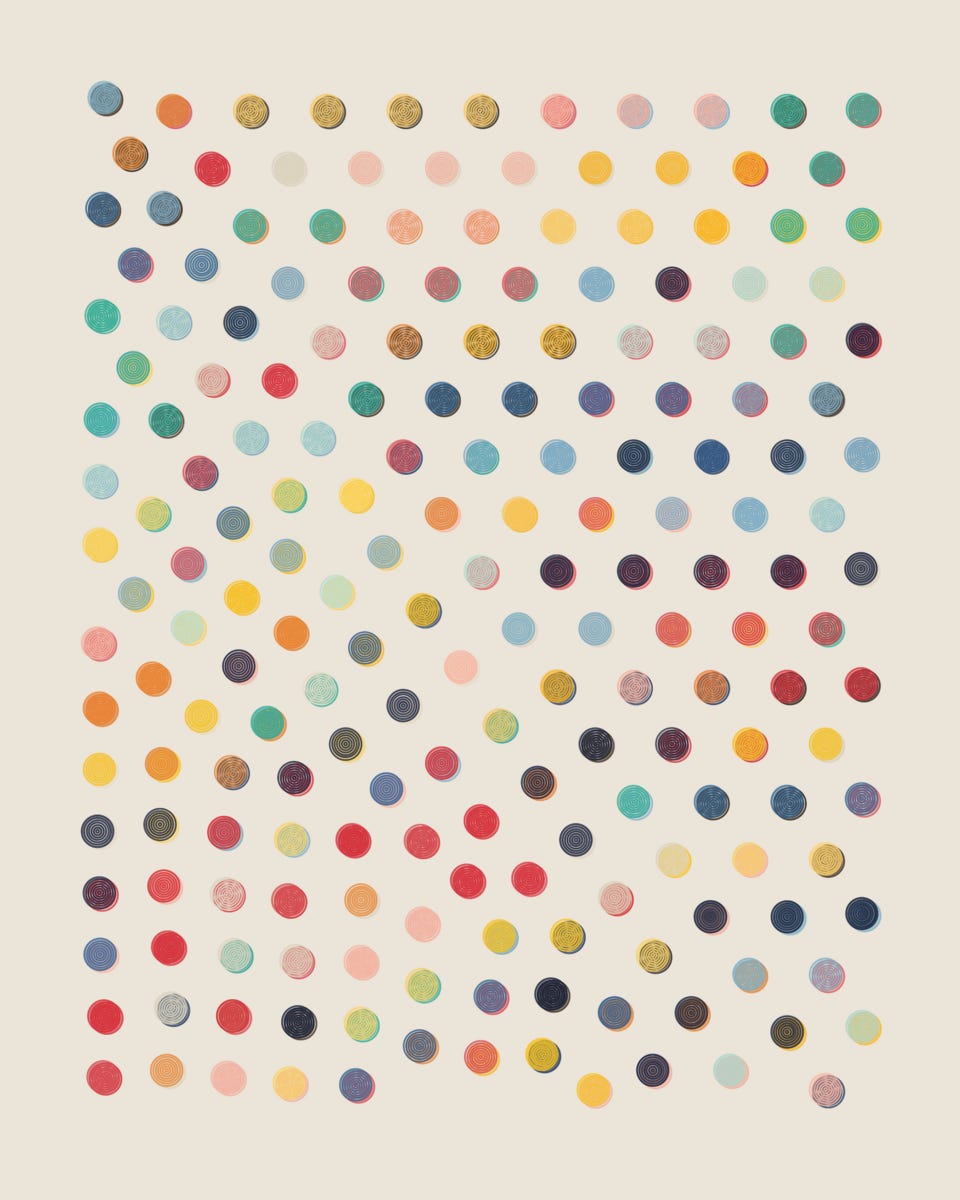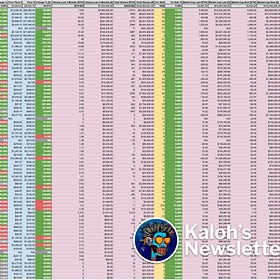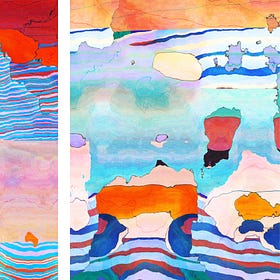Does Computer Art Count as Fine Arts?
The Evolution of Fine Arts: Exploring Computer Art's Legitimacy in Museums, Galleries and the Art World
In the ever-evolving landscape of artistic expression, computer art has emerged as a powerful medium that challenges traditional notions of fine arts. As digital technologies continue to advance, the question arises: does computer art count as fine arts?
The Evolution of Fine Arts
Fine arts have traditionally encompassed mediums such as painting, sculpture, and drawing. However, the definition of fine arts has expanded over time to include new forms of artistic expression 1. Computer art, which involves creating visual artworks using digital tools and techniques, is increasingly recognized as a legitimate form of fine art.
Acceptance in the Art World
The art world has gradually embraced computer art as a valid form of fine arts:
Museums and Galleries: Prestigious institutions like the Museum of Modern Art (MoMA) in New York have acquired computer-generated artworks, signaling their acceptance as fine art.
Art Exhibitions: Digital art installations and exhibitions are becoming more common in galleries and museums worldwide.
Artist Recognition: Many contemporary artists who work with digital mediums are gaining recognition and respect in the fine arts community.

Artistic Merit of Computer Art
Computer art possesses several qualities that align with the principles of fine arts:
Creativity and Skill: Creating computer art requires artistic vision, technical proficiency, and creative problem-solving.
Emotional Impact: Digital artworks can evoke emotions, tell stories, and provoke thought, just like traditional fine art forms.
Aesthetic Value: Computer-generated art can be visually stunning and aesthetically pleasing, meeting the criteria for fine art appreciation.

Challenges and Controversies
Despite growing acceptance, computer art still faces some challenges in the fine arts world:
Authenticity Concerns: Questions about originality and reproducibility of digital artworks sometimes arise.
Traditional Bias: Some art critics and collectors maintain a preference for traditional mediums.
Technological Dependence: The reliance on technology for creation and display can be seen as a limitation by some.
The Future of Computer Art in Fine Arts
As technology continues to advance and artists push the boundaries of digital creation, computer art is likely to become increasingly integrated into the fine arts canon. The line between traditional and digital art is blurring, with many artists combining both approaches in their work.
Pioneering computational art, Feral File, Processing, and upcoming Blind Gallery show ft. Casey Reas
Casey Reas is a pioneer computational artist with a career that spans multiple decades. He created generative collections such as CENTURY and 923 Empty Rooms. Casey co-fou…
AI Art: The New Kid on the Block
AI art is totally having its moment right now. Artists are teaming up with AI to create mind-blowing pieces that push the boundaries of creativity. It's not just about typing prompts anymore - we're seeing AI tools that actually enhance artists' workflows rather than trying to replace them.One name you can't ignore in this space is Refik Anadol. This guy is killing it with his data-driven visual sculptures. He's had his work showcased at major venues like MoMA, Centre Pompidou, and even the Venice Biennale. His piece "Living Architecture" at Casa Batlló in 2022 was a game-changer, redefining what public art can be.
A few months ago, I wrote a deep dive on the AI art market, consisting of over 70 collections from contemporary artists, distributed using NFTs on the blockchain.
📊 Market Analysis: The AI Art Market
🌟 Hey there! This is a subscribers-only edition of Kaloh’s Newsletter. To unlock our premium newsletter covering crypto culture, onchain art and markets, subscribe below. Your support helps me continue running this publication and the podcast.
Generative Coded Art: More Than Just Algorithms
Generative art is all about using code to create unique pieces, and it's really coming into its own. Artists are crafting intricate systems that produce stunning visuals, and the results are seriously impressive. Tyler Hobbs is a big name in this field. His "Fidenza" series of 999 algorithmically generated works is one of the most sought-after NFT collections out there. He's had solo exhibitions at prestigious galleries like Unit in London and Pace Gallery in New York. Another artist making waves is Dmitri Cherniak. His "Ringers" series has been a massive hit, exploring the possibilities of automated art. He's even had his work auctioned at major houses like Christie's and Sotheby's.
5 Digital Artists to Watch: August 2023
August is gone, so it is time for another 5 Digital Artists to Watch issue, where I share five digital artists that stood out to me over the past month.
The Future is Now: Digital Art in the Mainstream
The art world isn't just dipping its toes into digital art – it's diving in headfirst! Major museums are going all-in on expanding their collections to include digital masterpieces.
LACMA's been leading the charge with its Art + Technology Lab, showcasing cutting-edge digital works. MoMA's not far behind, with its recent acquisition of NFTs and AI-generated pieces. Even the Guggenheim's getting in on the action, featuring immersive digital installations that'll blow your mind.
But it's not just about collecting – these big-name institutions are giving digital artists the spotlight they deserve. Art Basel's been featuring mind-bending VR experiences and NFT exhibitions that are drawing crowds like crazy. The Venice Biennale? It's become a playground for digital art pioneers, with solo shows that are redefining what art can be.
Art, Code, and Pixels ft. Kim Asendorf
Kim Asendorf, a renowned German visual artist, joins us to discuss his innovative approach to digital art using code, algorithms, and blockchain technology. In this episode, we delve into Kim's creative process, his latest projects, and the intersection of art and technology.
Now, let's talk money. The NFT market's been a wild ride, no doubt about it. But even with all the ups and downs, there's still tons of interest and traction. The cream of the crop – those sought-after pieces by top digital artists – are still fetching eye-watering prices. It's clear that digital art isn't just a flash in the pan – it's here to stay, and it's shaking up the art world in a big way.
So, does computer art count as fine art? You bet it does. It's not just counting – it's leading the pack, pushing boundaries, and redefining what art can be in the digital age.
Want to stay on top of all these awesome developments in digital art? Subscribe to my newsletter for the latest on digital, generative, and AI art trends, plus spotlights on emerging artists and market insights.
Until next time,
- Kaloh








